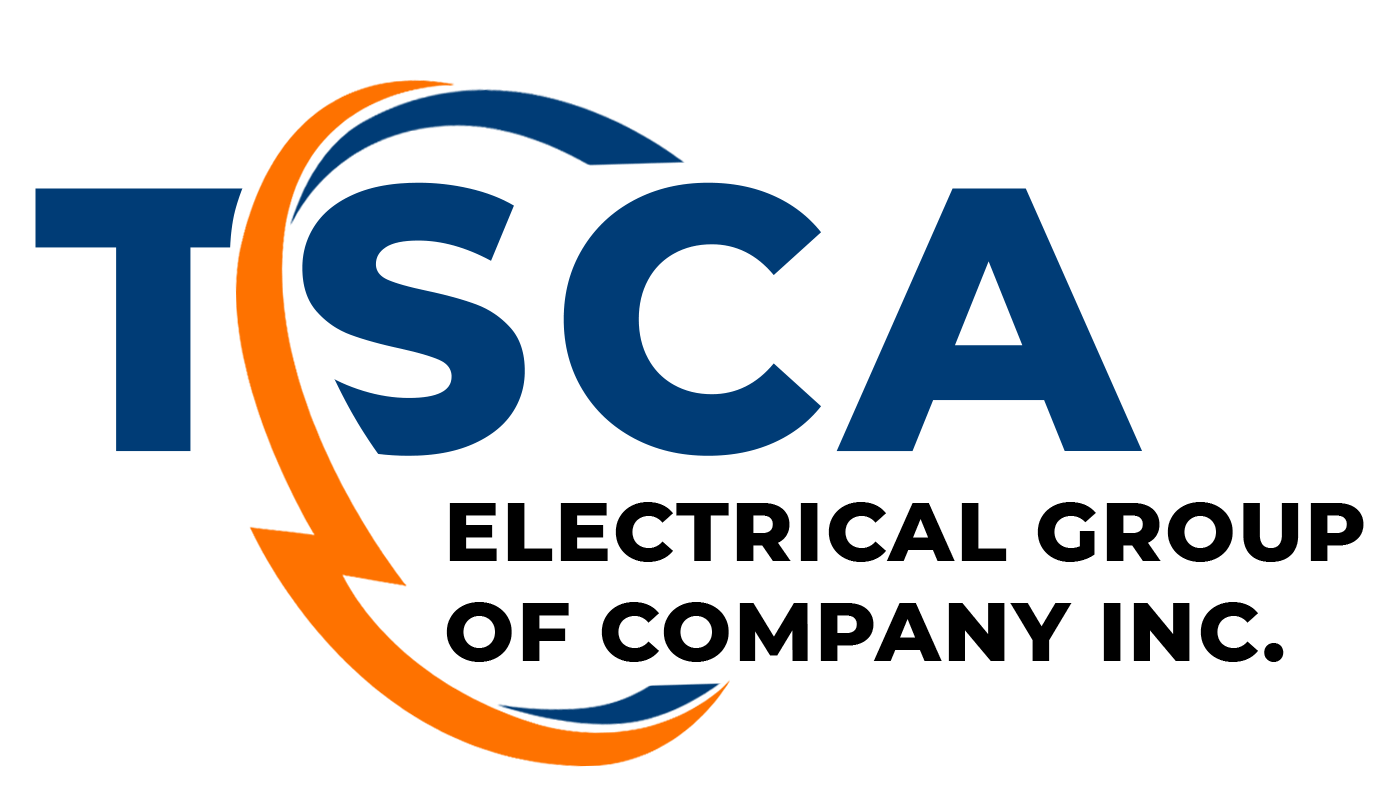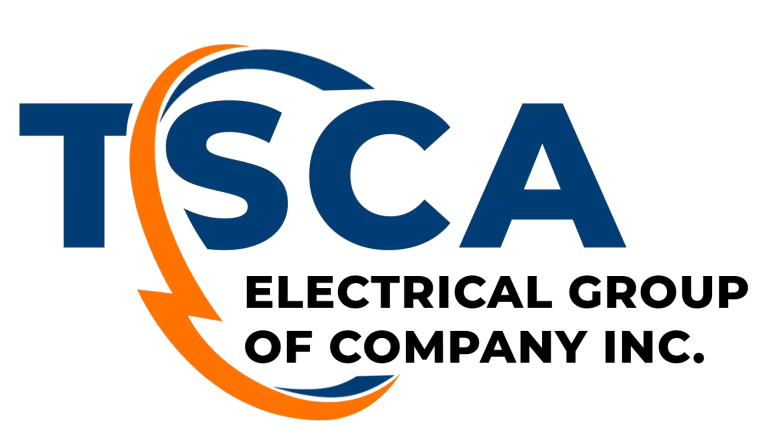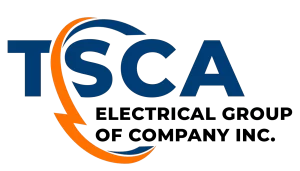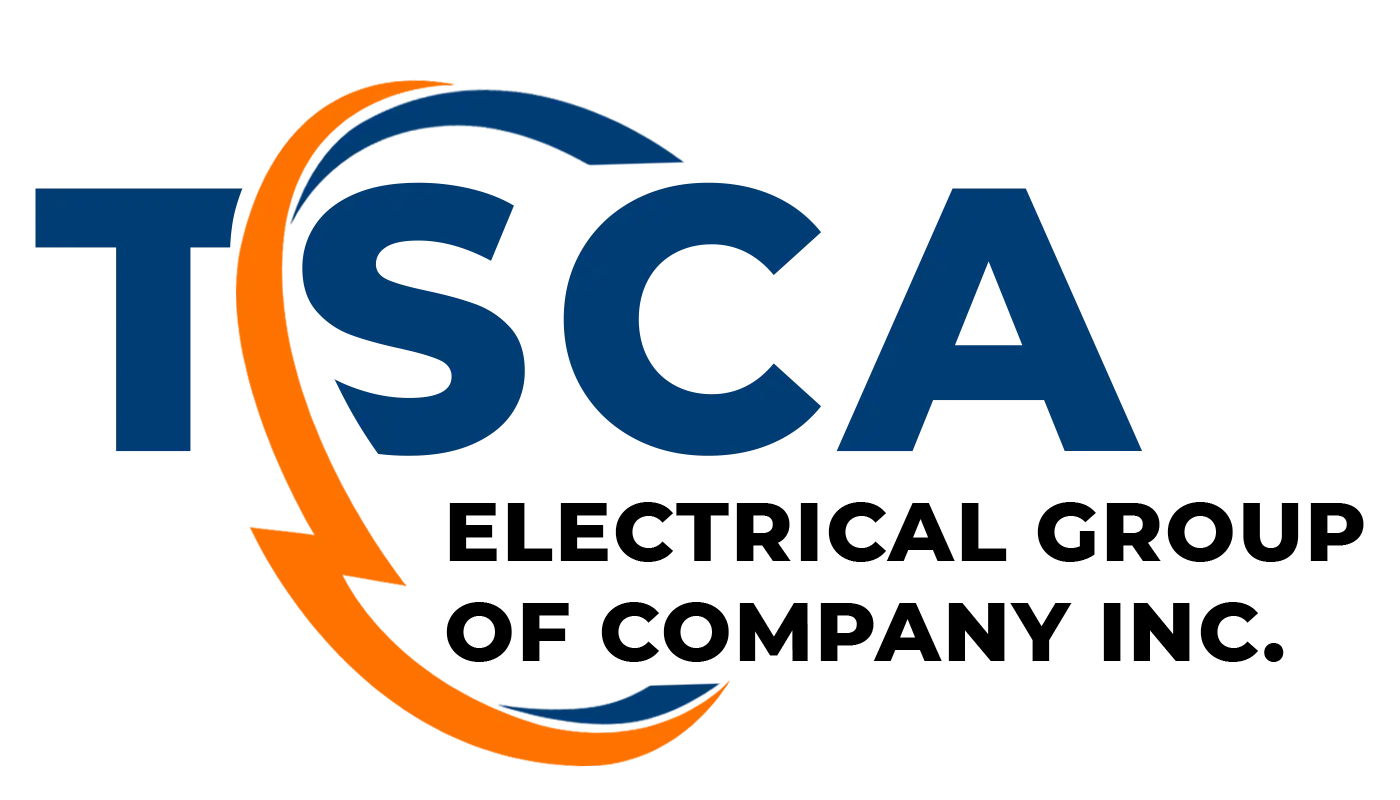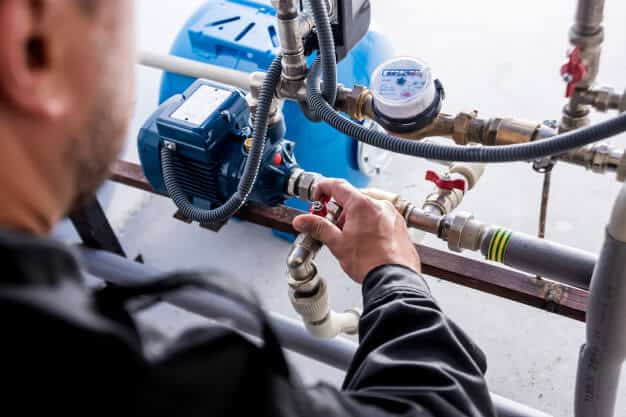P-80 Lubricants are the “Product of Choice” for Pump, Hose & Seal Maintenance, Repair and Assembly. (Pump Repair Services)
Pump Maintenance in 7 Easy Steps – Pump Repair Services
When things are running smoothly it’s easy to overlook common maintenance chores and rationalize that it’s not worth the time to regularly inspect and replace parts. But nothing could be farther from the truth. The reality is that most facilities have several pumps performing a variety of functions that are integral to the successful operation of the plant. If a pump malfunctions it can be the cause of an entire plant shut down.
Pumps are the cogs in the wheel that keep your facility functioning efficiently, whether they are used for manufacturing processes, HVAC, or water treatment. To keep pumps running properly, a regular maintenance schedule should be implemented and followed.
- DETERMINE MAINTENANCE FREQUENCY
Consult the original manufacturer’s guidelines. Consider the timing to schedule your maintenance. Will lines or pumps have to be disabled? Select a time when the system is down and use common sense when deciding the time and frequency. - OBSERVATION IS KEY
Get to know your system and make a point to observe your pump while it is still running. Make note of leaks, unusual sounds or vibrations and unusual odors. - SAFETY FIRST
Make sure machines are properly shut-down before performing your maintenance and/or systems check. Proper isolation is important not only for electrical systems, but for hydraulic systems as well. - MECHANICAL INSPECTION
- Check that mounting points are secure.
- Inspect the mechanical seal and packing.
- Inspect the pump flanges for leaks.
- Inspect the couplings.
- Inspect and clean filters.
- LUBRICATION
Lubricate the motor and pump bearing per manufacturer’s guidelines. Be sure not to over lubricate. More bearing damage occurs as a result of over greasing than under greasing. If the bearing has a vent cap, remove the cap and run the pump for 30 minutes before reinstalling cap. This will allow excess grease to work its way out of the bearing. - ELECTRICAL/MOTOR INSPECTION
- Check that all terminations are tight
- Inspect motor vents and windings for dust/dirt build-up and clean according to manufacturer’s guidelines
- Inspect starters/contractors for arcing, overheating, etc.
- Use a megohmmeter on the windings to check for insulation failure
- REPLACE DAMAGED SEALS AND HOSES
If any hoses, seals, or O-rings show wear or damage, replace immediately. Using a temporary rubber assembly lubricant will ensure a tight fit and prevent leaks or slips.
International Products Corporation (IPC) offers a unique line of temporary rubber lubricants. Our P-80® lubricants are available in six water-based formulas that offer superior lubrication and are compatible with a variety of surfaces. P-80 lubricants are environmentally friendly, most are biodegradable.
Thanks for reading Retrofitting & Control Migration | Strategies for Retrofitting School Buildings for Sustainability, visit our blog page for more blogs.
We would love to hear about your electrical needs. Feel free to email or call us. Someone from our team will respond to your request right away.
Feel free to Contact Us. See our products and services. Read more of our blogs, Learn more about Electrical Supply & Services (electrical supplies and components).

